10 Important Points Ship’s Officer On Watch Should Consider During Restricted Visibility
One of the most important duties of a ship’s officer on watch (OOW) is safe and smooth navigation of the ship. During its voyage, a ship has to sail through different weather and tidal conditions. It’s the duty of the navigating officer to know and understand the ship’s sailing route well in advance and prepare for the same accordingly.
One of the most dangerous conditions to navigate a ship is restricted visibility because of fog, heavy rain or dust storm. When the ship’s officer gets information regarding such upcoming weather condition, he or she should take all the necessary precautions to ensure that the ship sails through restricted visibility area without confronting any kind of collision or grounding accident.
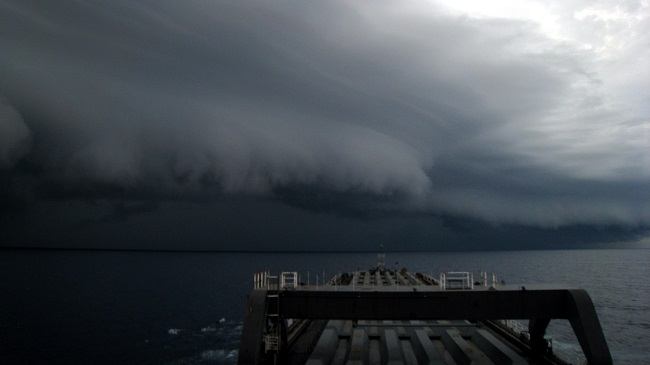
Mentioned below are ten important points that must be taken into consideration for safe navigation of the ship through restricted visibility area.
1. Know your Ship inside-out: An efficient navigating officer must know each and every aspect of his or her ship in order to prevent any kind of accident. From dimensions to the characteristics of the ships, the officer should know how the ship will behave under different circumstances. For restricted visibility situation, it is important that the OOW know the stopping distance of the ship at any particular RPM in order to control the ship during emergencies.
2. Inform the Master : During restricted visibility, it is important that the master is on the bridge. The OOW must call or inform the master regarding the navigating condition. The officer should also inform the engine room and ask the duty engineer to man the engine room incase it is on “unmanned” mode.
3. Appoint Adequate Man Power: It is important that enough man power is present on the bridge in order to keep a close watch on the ship’s course. Additional personnel must be appointed as “lookout” at different locations on the ship. If there is traffic in the area, the officer must inform the engine room to have enough manpower so that the engine is also ready for immediate maneuvering.
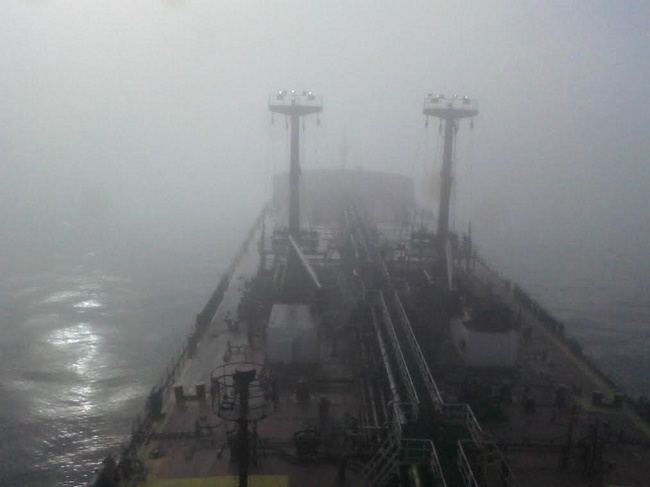
4. Keep the Fog Horn Ready : Ensure that the fog horn is working properly for the restricted area. If the horn is air operated, drain the line prior to opening the air to the horn.
5. Reduce Speed: Reduce the speed of the ship depending on the visibility level. If the visibility is less, bring down the ship to maneuvering RPM.
6. Ensure Navigation Equipment and Light Are Working Properly: Ensure that all important navigating equipment and navigation lights are working properly during restricted visibility. The OOW must ensure that the navigation charts are properly checked for correct routeing and a good radar watch is carried out.
7. Stop All Other Works: Though it’s obvious, but never multi-task during restricted visibility even if there are more than sufficient people present on the bridge. Also stop all other deck work and order the crew to go to their respective rooms. This is to prevent injury to personnel working on open deck in case collision or grounding takes place.
8. Open/Close Bridge Doors: Ensure that the bridge door is kept open and is without any obstruction for easy bridge wing access (Considering that the bridge wing is not enclosed). Also, in case of dust or sand storm, close all the bridge openings.
9. Shut Ventilation: If the ship is passing through a sand storm, the ventilation fans and accommodation/ engine room ports must be closed to avoid sand particles from entering bridge, accommodation and engine room.
10. Follow All Procedures: Follow all the important procedures for restricted visibility as mentioned in COLREG Rule -19. Also monitor channel 16 in the radio and ensure that all important parameters of the ship such as latitude and longitude, time, speed etc. are noted in the log book.
Navigating the ship through restricted visibility area is a critical task which must be carried out with utmost caution and care the officer on watch. Do you know any other important points that must be considered during restricted visibility? Let us know in the comments below.
Do you have info to share with us ? Suggest a correction
Latest Marine Navigation Articles You Would Like:
Subscribe To Our Newsletters
By subscribing, you agree to our Privacy Policy and may receive occasional deal communications; you can unsubscribe anytime.
Web Stories



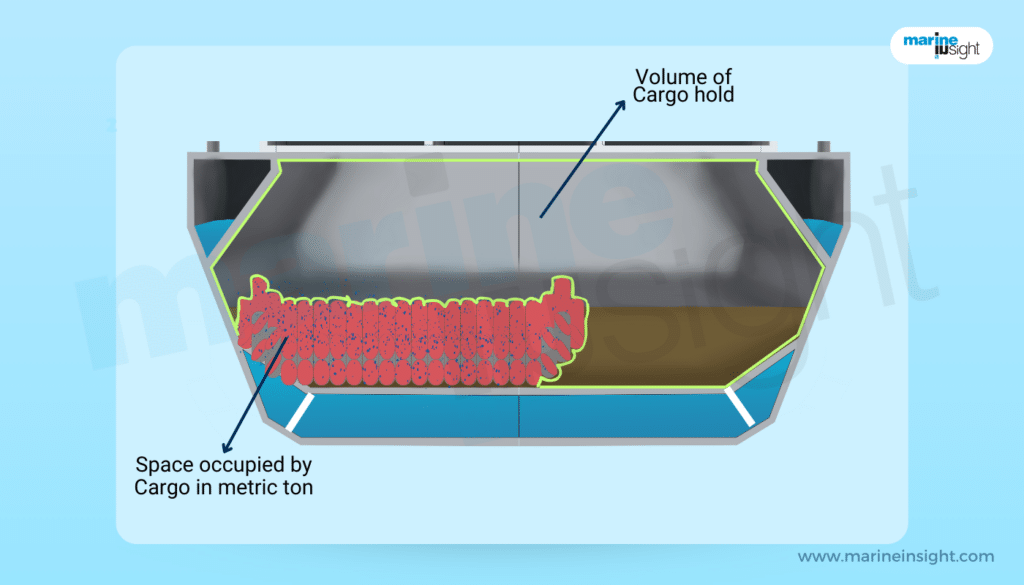
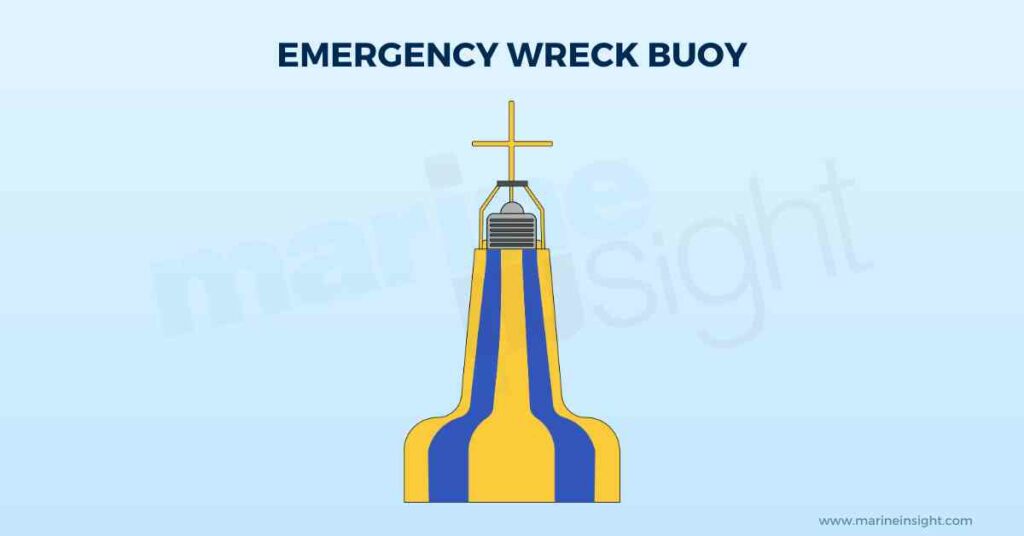

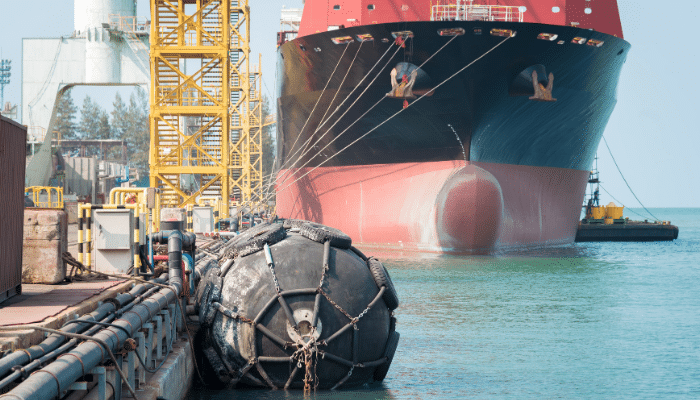
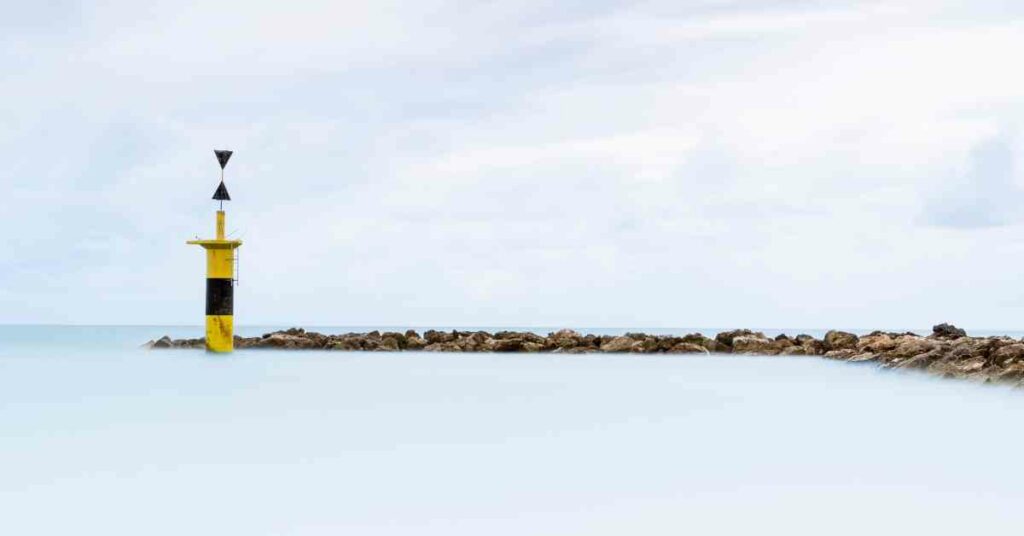
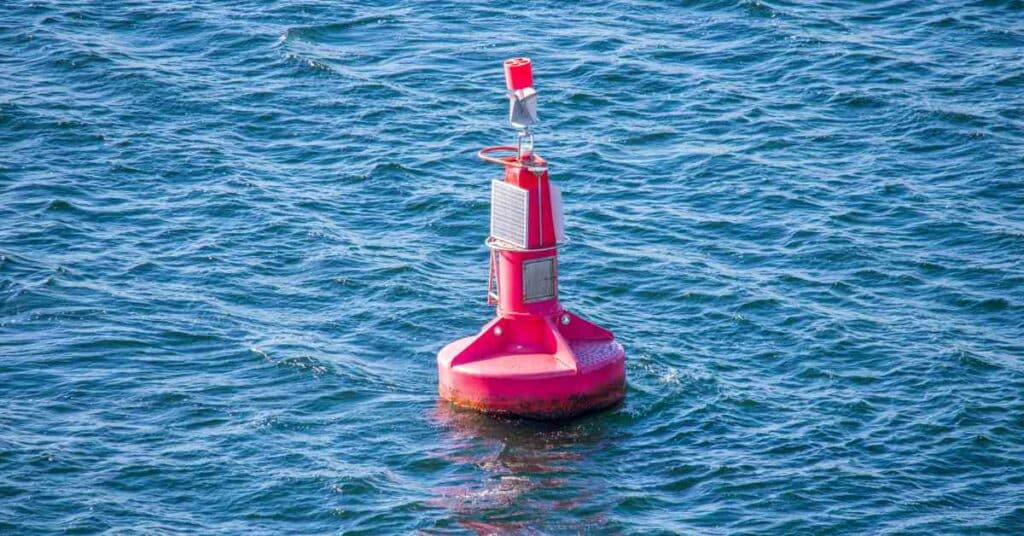

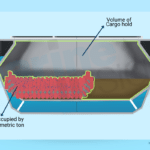
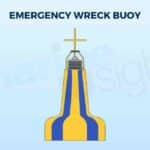

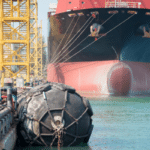
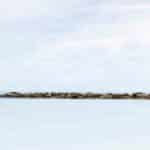






the page improved my knowledge. Very nice
very refreshing to each n every navigating officer.
Very good information, good for everyone to read as a refresher, easy to foget things, this good info will only help…Good job.
Very useful info and it’s nice to read point by point. Very good work keep it up and all the very Best,
SUGGESTION: WHY DON’T YOU CREATE AN APP FOR THE SAME INFOS which would be very handy to access
Please keep all personal conversations to minimum! Keep it extremely professional in extreme circumstances! I’ve read accident reports where the bridge team was talking sports in restricted visibility! Focus on the equipment
Becareful watching for ship officer
Tin Zaw Cho
2nd Officer ( F.G )
What about cooperation with other ships in the area? It should be possible with current technologies to have a estimate of what kind of traffic that is travelling in the same area, at the same time. Its a good idea to shear your position, on a joined radiochannel- in case of poor sight.
Thank You for highlighting a very important point.
I find this article very helpful!
I would like to add the corresponding observation of the AIS with the radar to build the ultimate traffic picture of adjacent vessels. Also inside VTS areas it can be very helpful to check the other vessels destinations for foreseeing their probable course alterations.
Thank you very much, It was a good professional reminder for me before my next contract in one week.
Best regards to the writer and to all fellow Officers
3rd mate Georgy Gursky.
I’d like to suggest a point very frequently preached in college: Make yourself and other crew on watch aware of navigational hazards in the area that you are likely to encounter, e.g. shoal, shallow ground, or even temporary things such as a derilect.
The master should ensure that all officers of watch are conpetent for the watch otherwise they should be relieve.
Very good information and I hope always give up to date information
What of bad weather,poor visibility with rolling and pitching?
Thanks for choosing my photography.
Greetings from Argentina
Do you post nothing that has to do with inland and western river … find some of this very helpful and refreshing … but would like to find a page like this that’s more toward the western rivers
Thanks very much
Jason w. Pilot western rivers
refreshing ,
thanks .
This information is critical for navigation officer,as a student in Maritime Academy it gives great insight and its valuable in training of competent officers.
Can anyone pls tell how to reduce spd to minimum in restricted visibility … Is it possible to tell exact spd for any particular vsl…what are the parameters to consider to obtain safe spd in rv
Safe speed in poor visibility should conform to half the distance of your visibility, because the other half belongs to the other vessels, so you maintain a speed that allows you to stop or maneuver within that half distance. During low visibility, all unnecessary noise-making must be stopped, because everyone needs to listening as intently as possible for oncoming vessel noises, warnings, etc.
Great Insight @Bonzo
Make sure that AIS has been turned ON, this can be helpful to identify all ships in vicinity especially those who are in your vicinity and with close CPA.
When it happens that the OOW failure in taking the necessary precautions?
Master or CO must intervene to ensure all the basic precautions are being implemented.